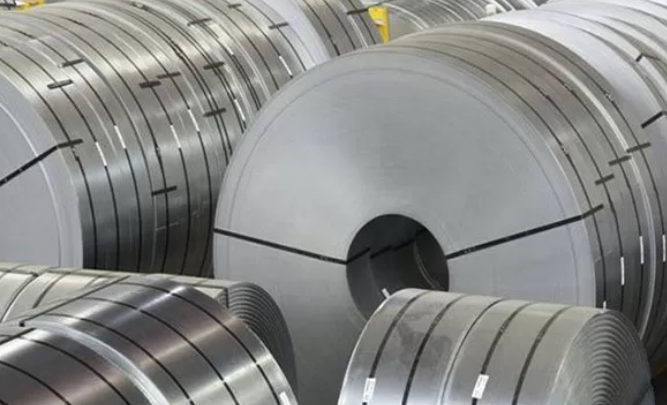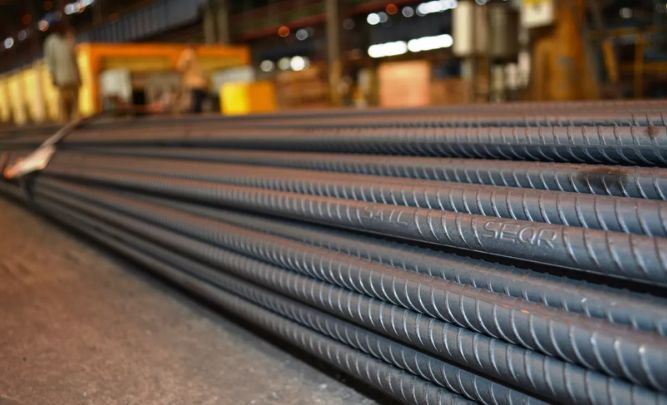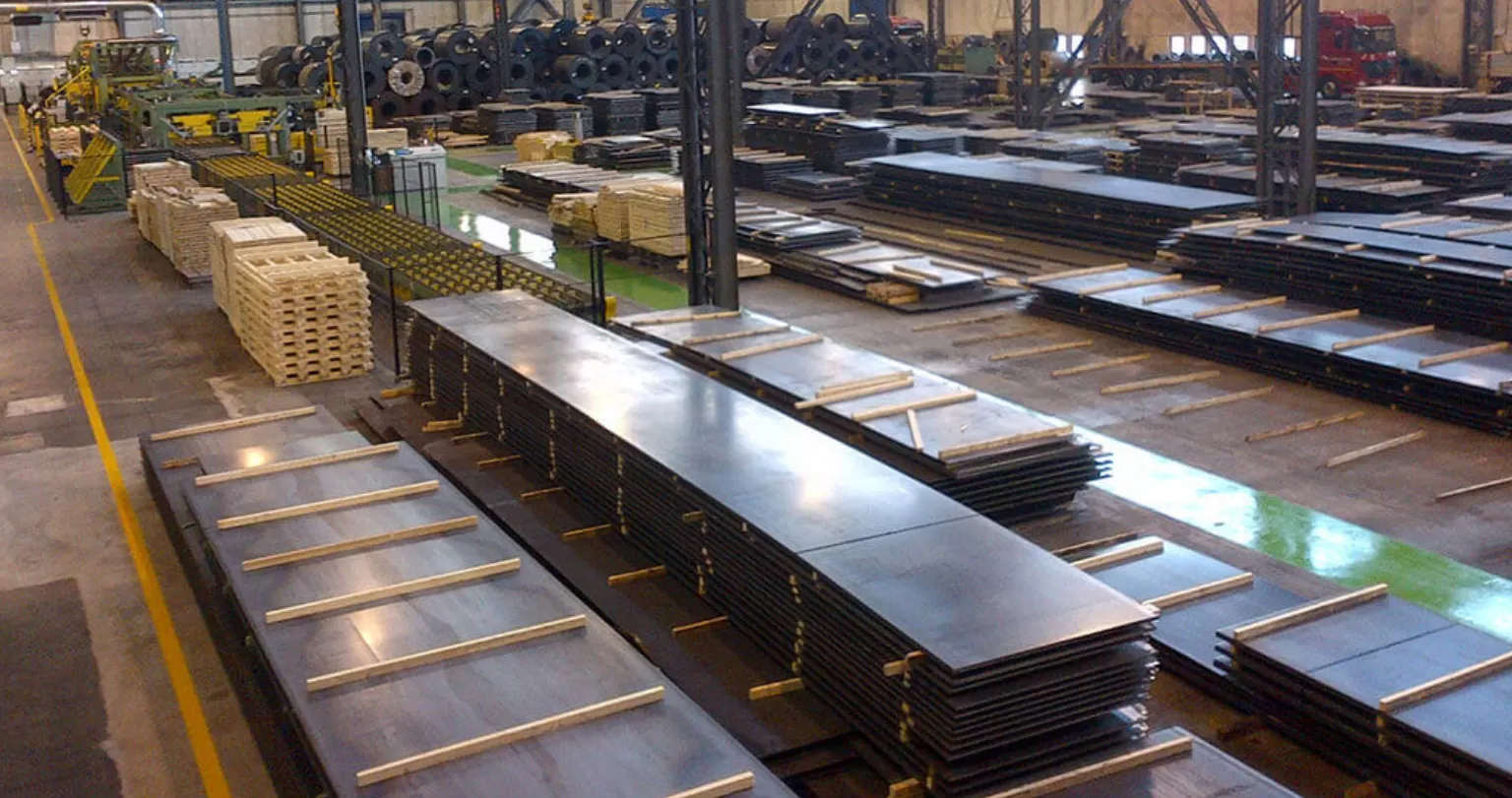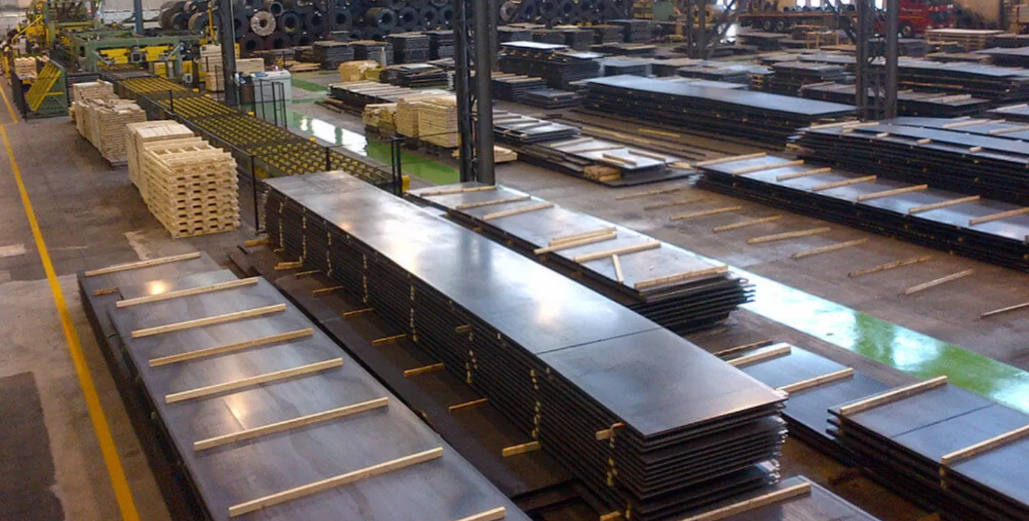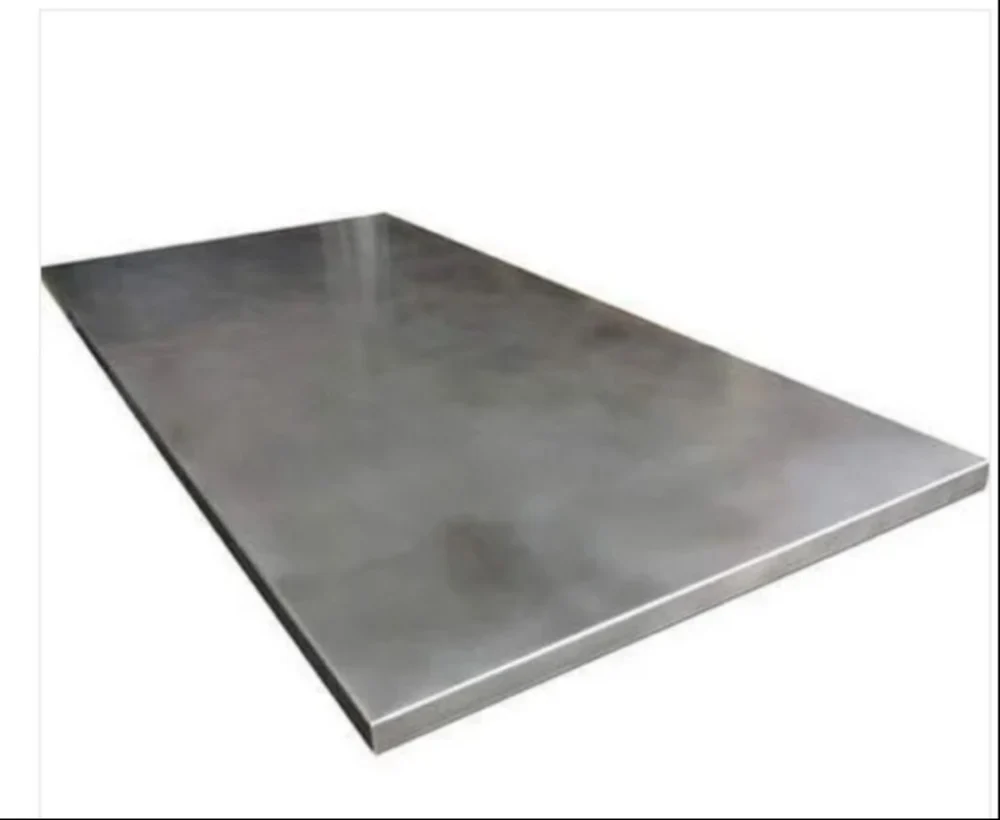Pressure vessels play a critical role in the mining industry, storing and transporting gases and liquids under high pressure. Their lifecycle involves several stages, each crucial for safety, efficiency, and longevity. This article delves into the lifecycle of pressure vessels in mining applications, highlighting key aspects and considerations.
Design and Material Selection
The lifecycle of a pressure vessel begins with its design and material selection. Engineers must consider the specific requirements of the mining application, including the type of substances the vessel will store, the pressure levels, and the environmental conditions. Hastelloy C276 plates and sheets are often chosen for their exceptional resistance to corrosion and high strength. This nickel-molybdenum-chromium alloy can withstand the harsh conditions typically in mining operations, ensuring the pressure vessels maintain their integrity over time.
Manufacturing and Fabrication
Once the design is finalised, the manufacturing and fabrication process begins. This stage involves cutting, shaping, and welding the selected materials to form the pressure vessel. Hastelloy C276 sheets are advantageous in this process due to their excellent weldability and formability. Rigorous quality control measures ensure the vessel meets all design specifications and safety standards.
Installation and Commissioning
After fabrication, the pressure vessel is transported to the mining site for installation and commissioning. This phase requires careful planning and execution to ensure the vessel is correctly positioned and securely anchored. Proper installation is crucial for preventing leaks and ensuring the vessel can handle the pressures it will encounter. Once installed, the vessel undergoes a series of tests to verify its performance and safety before it is put into operation.
Operation and Maintenance
During its operational phase, the pressure vessel must be regularly inspected and maintained to ensure its safety and efficiency. Maintenance activities include routine inspections, pressure testing, and non-destructive testing methods to detect any signs of wear or damage. Using Hastelloy C276 plates in the construction of the vessel can significantly reduce the frequency of maintenance due to the material’s durability and resistance to corrosion.
Monitoring and Repairs
Continuous monitoring is essential to detect any potential issues early on. Advanced monitoring systems can track pressure levels, temperature, and other critical parameters. If any anomalies are detected, prompt repairs are necessary to prevent catastrophic failures. Repairs may involve replacing damaged sections with new Hastelloy C276 sheets to restore the vessel’s integrity.
Decommissioning and Disposal
Eventually, the pressure vessel will reach the end of its useful life. Decommissioning involves safely taking the vessel out of service and dismantling it. Proper disposal of the vessel and any hazardous materials it may have contained is essential to protect the environment and comply with regulations. Components made from Hastelloy C276 can often be recycled, contributing to sustainable practices in the mining industry.
Conclusion
The lifecycle of pressure vessels in mining applications is complex. It requires careful attention at every stage, from design and fabrication to operation and decommissioning. The choice of materials, such as Hastelloy C276 plates and sheets, significantly ensures the vessel’s longevity and reliability. By understanding and managing each phase of the lifecycle, mining operations can maintain safe and efficient pressure vessels, ultimately enhancing their productivity and sustainability.
Incorporating durable materials like Hastelloy C276 extends the lifespan of pressure vessels and reduces maintenance costs and downtime. As mining operations continue to evolve, the importance of robust and reliable pressure vessels remains paramount, underscoring the need for meticulous lifecycle management.


